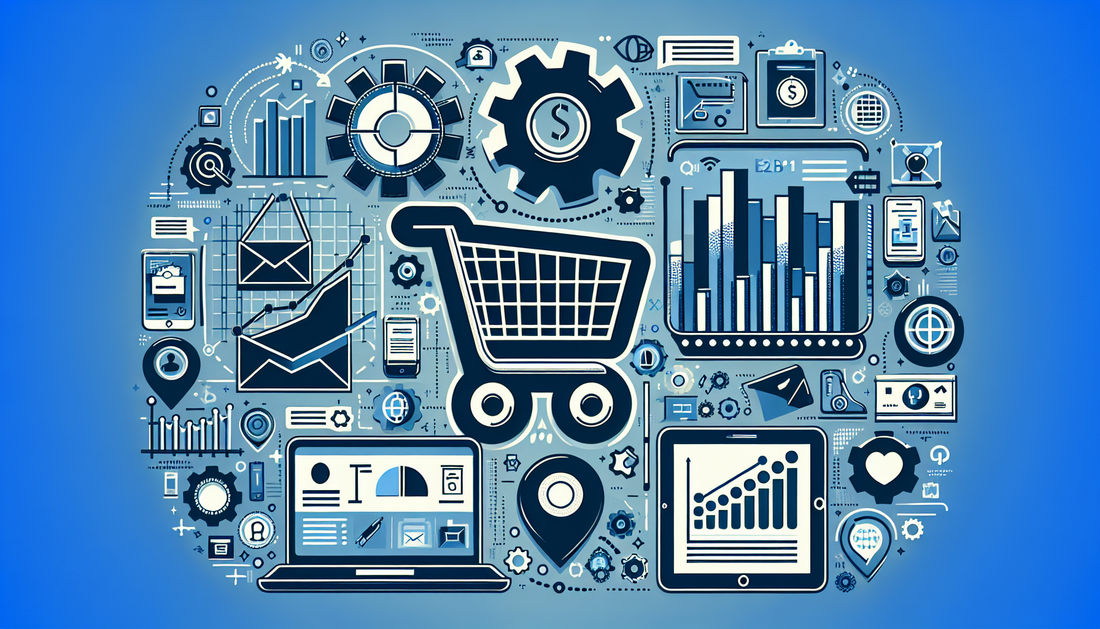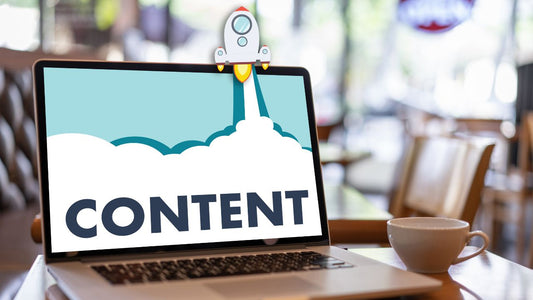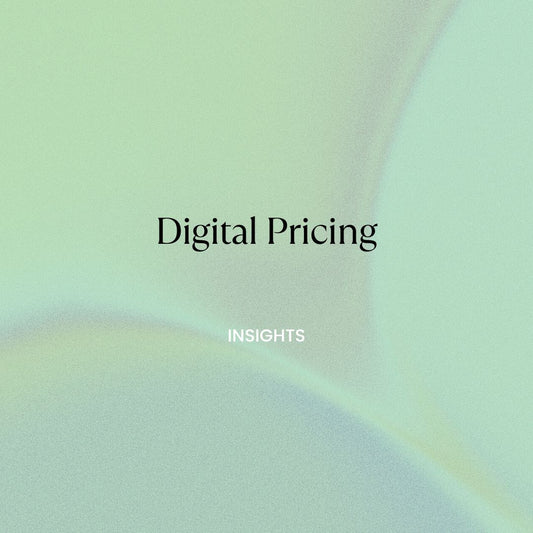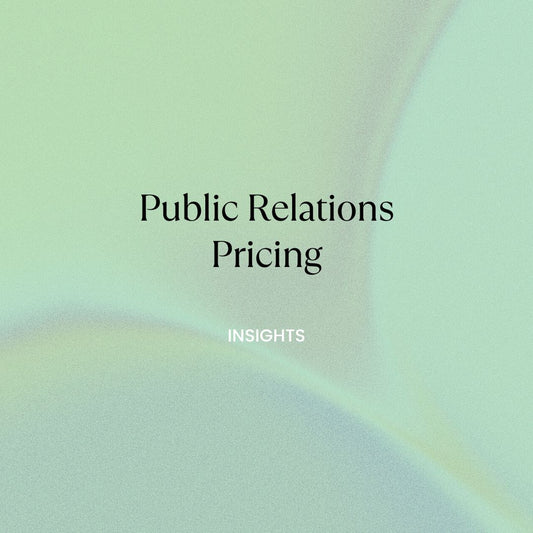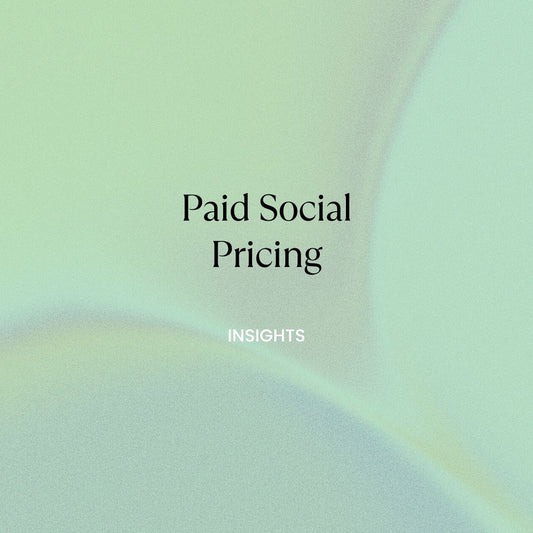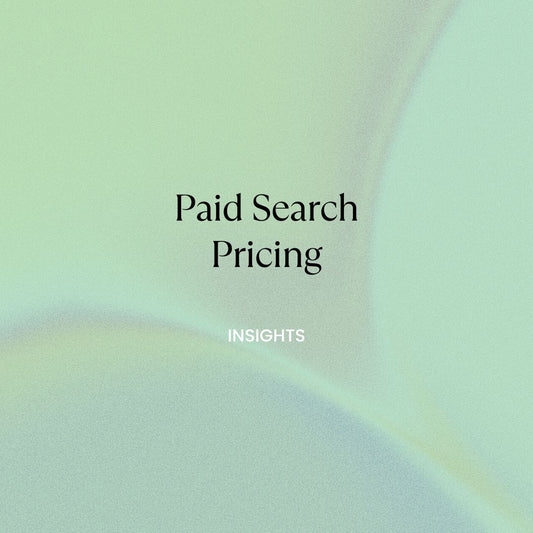B2B conversion rate optimization (CRO) is the process of enhancing the performance of a B2B e-commerce website to increase the likelihood of turning visitors into customers. This involves analyzing user behavior and making data-driven adjustments to the website's design, content, and user experience.
B. Importance of focusing on B2B e-commerce conversions
Focusing on B2B e-commerce conversions is crucial for businesses to maximize their online revenue, improve customer satisfaction, and stay competitive in the market. By optimizing the conversion rate, companies can attract more customers, enhance their brand reputation, and ultimately increase their bottom line.
II. Difference Between B2B and B2C Conversion Rate Optimization
Understanding the key differences between B2B and B2C conversion rate optimization is essential for businesses to effectively target their specific audience and achieve better results.
A. Unique challenges and opportunities in B2B e-commerce
B2B e-commerce presents a unique set of challenges and opportunities compared to B2C. Some of these include longer sales cycles, more complex purchasing processes, and the need to cater to a diverse range of decision-makers within an organization. This requires a more tailored approach to conversion optimization, focusing on aspects like personalized content, streamlined navigation, and efficient lead nurturing.
On the other hand, B2B businesses also have the opportunity to build long-lasting relationships with their customers, leading to higher customer lifetime value and more predictable revenue streams. By prioritizing conversion optimization, B2B e-commerce companies can capitalize on these opportunities and drive sustainable growth.
B. How B2B conversions differ from B2C conversions
There are several differences between B2B and B2C conversions that impact the optimization strategies used. B2B customers usually have a more specific set of needs and requirements, making it crucial for businesses to address these effectively. Additionally, B2B transactions often involve larger order sizes and more complex pricing structures, requiring a more sophisticated approach to presenting product information and guiding customers through the purchasing process.
Furthermore, B2B decision-makers tend to be more focused on the long-term value and return on investment (ROI) of a product or service, rather than just the immediate benefits. This makes it essential for B2B e-commerce websites to effectively communicate their unique value proposition and demonstrate how they can help customers achieve their business goals.
C. The role of customer journey in B2B conversions
The customer journey plays a critical role in B2B conversions, as it helps businesses understand the steps potential customers go through when considering a purchase. By mapping out the customer journey, B2B e-commerce businesses can identify areas where they can optimize the user experience, streamline the sales process, and ultimately increase conversion rates.
Incorporating insights from the customer journey into conversion optimization strategies enables B2B e-commerce companies to create more personalized and targeted experiences for their audience. This can lead to improved customer satisfaction, increased brand loyalty, and higher conversion rates overall.
III. Key Metrics for B2B Conversion Rate Optimization
Choosing the right metrics to track and optimize is essential for B2B e-commerce businesses looking to improve their conversion rates. This involves identifying relevant metrics for your specific website, understanding the difference between quantitative and qualitative data, and setting goals to track progress effectively.
A. Identifying relevant metrics for your B2B website
When it comes to B2B conversion optimization, it's crucial to focus on metrics that are directly related to your business goals and objectives. Some common B2B metrics to consider include lead generation rates, time on site, bounce rates, and average order value. By tracking these metrics, businesses can gain valuable insights into the performance of their website and identify areas for improvement.
B. Quantitative vs. qualitative data
Both quantitative and qualitative data play a vital role in conversion optimization. Quantitative data, such as website traffic and conversion rates, provides a numerical understanding of how your website is performing. On the other hand, qualitative data, like user feedback and surveys, offers insights into the reasons behind user behavior and decision-making processes.
By combining both types of data, businesses can develop a comprehensive understanding of their website's performance and make more informed decisions when it comes to optimization efforts.
C. Setting goals and tracking progress
Setting clear and measurable goals is crucial for tracking the success of your conversion optimization efforts. These goals should be aligned with your overall business objectives and should be specific, achievable, and time-bound. Once you have established your goals, it's essential to monitor your progress regularly and adjust your strategies as needed to stay on track and achieve optimal results.
By focusing on the right metrics, understanding the value of both quantitative and qualitative data, and setting clear goals, B2B e-commerce businesses can effectively optimize their websites for improved conversion rates and overall business growth.
IV. Tools for Tracking B2B Conversions
Utilizing the right tools for tracking B2B conversions is essential to measure the effectiveness of your optimization efforts and make data-driven decisions. Some popular tools for B2B conversion tracking include Google Analytics, Hotjar, and Soda Spoon's advanced strategies.
A. Google Analytics for B2B conversion tracking
Google Analytics is a powerful tool for tracking website performance and understanding user behavior. With its comprehensive data and reports, businesses can monitor metrics such as bounce rate, average time on site, and conversion rate, helping them identify areas of improvement and optimize their website for increased conversions.
B. Hotjar for understanding user behavior
Hotjar is a user behavior analytics tool that provides valuable insights into how visitors interact with your website. By using heatmaps, session recordings, and user feedback, Hotjar helps businesses identify pain points and opportunities to enhance the user experience, leading to improved conversion rates.
C. Soda Spoon's advanced strategies for data-driven optimization
Soda Spoon, an e-commerce marketing agency, specializes in designing and developing unique and dynamic online experiences, focusing on conversion rate optimization. Their approach utilizes advanced strategies backed by data to optimize websites for conversions, ensuring businesses in various industries can achieve their desired results.
By leveraging these tools and strategies, B2B e-commerce businesses can effectively track their conversion performance, uncover valuable insights, and make informed decisions to optimize their websites for increased conversions and overall business growth.
V. The Importance of A/B Testing in B2B Conversion Rate Optimization
A/B testing plays a crucial role in improving conversion rates for B2B e-commerce websites. It involves comparing two or more variations of a website element to determine which version performs better in terms of driving conversions. By conducting A/B tests, businesses can make data-driven decisions to optimize their website for better performance and customer satisfaction.
A. The role of A/B testing in improving conversion rates
Implementing A/B testing in B2B conversion optimization allows businesses to experiment with different website elements, such as headlines, calls-to-action, or page layouts, to identify the most effective design for their target audience. This process helps businesses identify the best practices that drive conversions and improve the overall user experience on their website. As a result, they can make continuous improvements, leading to higher conversion rates and increased revenue.
B. Examples of successful A/B tests in B2B e-commerce
Some examples of successful A/B tests in B2B e-commerce include changing the color or placement of call-to-action buttons, testing different headlines or product descriptions, and experimenting with various pricing structures or promotional offers. By analyzing the results of these tests, businesses can identify the most effective strategies for their specific audience and implement them for long-term success.
C. How Soda Spoon incorporates A/B testing in their optimization process
Soda Spoon, a specialized e-commerce marketing agency, understands the importance of A/B testing in B2B conversion rate optimization. They use a data-driven approach to test various website elements and analyze the results to identify the most effective strategies for their clients. This enables them to create unique and dynamic online experiences that drive conversions and support business growth across various industries.
VI. Incorporating User Experience (UX) in B2B Conversion Rate Optimization
Understanding and enhancing the user experience (UX) is a critical aspect of B2B conversion rate optimization. By focusing on the relationship between CRO and UX, improving UX to increase conversion rates, and adopting a strategic approach like Soda Spoon's, businesses can create dynamic online experiences that drive conversions and foster long-term growth.
A. The relationship between CRO and UX
Conversion rate optimization and user experience go hand in hand, as a positive UX directly contributes to higher conversion rates. When users find a website easy to navigate, visually appealing, and informative, they are more likely to engage with the content and complete the desired actions. By prioritizing UX in CRO efforts, businesses can create a seamless experience that caters to their audience's needs and expectations, ultimately driving more conversions and improving overall website performance.
B. How improving UX can lead to higher conversion rates
Improving the user experience on a B2B e-commerce website can lead to higher conversion rates in several ways. By ensuring that the website is easy to navigate, users can find the information they need quickly and efficiently, increasing the likelihood of conversion. Additionally, a visually appealing and well-organized website can create a positive impression, encouraging users to explore further and engage with the content.
Moreover, focusing on UX improvements can help address pain points and eliminate barriers that may prevent users from converting. This may include optimizing page load times, simplifying forms, or tailoring content to address the unique needs and concerns of B2B decision-makers.
C. Soda Spoon's approach to creating dynamic online experiences
Soda Spoon, an e-commerce marketing agency specializing in B2B conversion rate optimization, recognizes the importance of incorporating UX into their optimization strategies. They focus on designing unique and dynamic online experiences that cater to the specific needs of various industries, ensuring that their clients' websites not only drive conversions but also foster customer satisfaction and long-term growth. By combining professional expertise with a data-driven approach, Soda Spoon effectively balances both CRO and UX to deliver exceptional results for their clients.
VII. The Impact of B2B Conversion Rate Optimization on Overall Business Growth
Investing in B2B conversion rate optimization (CRO) can have a significant impact on overall business growth by saving businesses money, enhancing the effectiveness of other marketing efforts, and providing long-term benefits that drive sustainable success.
A. How CRO can save businesses money
Effective B2B conversion optimization can save businesses money by reducing customer acquisition costs and maximizing the return on investment (ROI) of marketing efforts. By optimizing website elements and user experience, businesses can increase the likelihood of converting visitors into customers, reducing the need for expensive advertising campaigns or other costly marketing strategies. This allows businesses to allocate resources more efficiently and strategically, leading to greater overall growth.
B. The connection between CRO and other marketing efforts
Conversion rate optimization is interconnected with other marketing efforts, as improvements in one area can lead to positive impacts in others. For example, optimizing a website for conversions can improve the performance of marketing campaigns by increasing the likelihood that targeted visitors will complete a desired action. Additionally, a well-optimized website can enhance a company's brand reputation, driving organic traffic and improving the performance of search engine optimization (SEO) efforts. This synergistic relationship between CRO and other marketing efforts helps businesses maximize the impact of their marketing investments and achieve sustainable growth.
C. The long-term benefits of investing in B2B conversion optimization
Investing in B2B conversion optimization offers long-term benefits that support ongoing business growth and success. By continually refining and improving the user experience on their website, businesses can foster customer loyalty, increase repeat business, and enhance customer lifetime value. This not only drives immediate revenue gains but also establishes a solid foundation for future growth by creating a loyal customer base and attracting new prospects through positive word-of-mouth and brand reputation.
Overall, the impact of B2B conversion rate optimization on overall business growth is substantial and multifaceted. By investing in CRO, businesses can save money, enhance the effectiveness of other marketing efforts, and secure long-term benefits that support sustainable growth and success.
VIII. Optimize with Confidence
As we've explored, B2B conversion rate optimization is vital for e-commerce success. Soda Spoon's unique approach, specializing in designing and developing dynamic online experiences, sets them apart. Their focus on data-driven conversion optimization caters to businesses across various industries, ensuring maximum results. With a fast, agile team and commitment to open communication, Soda Spoon provides a streamlined process for clients. Don't miss the opportunity to optimize your e-commerce business effectively.
